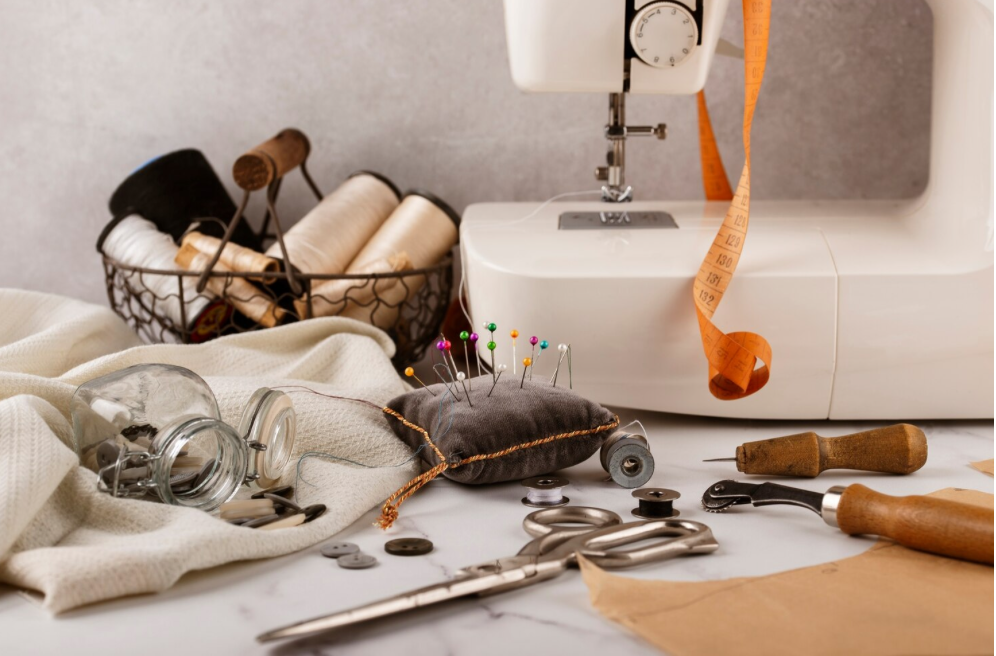
Sewing machines are invaluable tools for crafters and seamstresses, but they can encounter issues from time to time. Here, we'll address five common sewing machine problems and provide practical solutions that you can implement at home. With the right techniques and tools, such as the SINGER® Promise 1408 Sewing Machine and SINGER® SC220 Sewing Machine, you can keep your sewing projects on track.

1. Thread Bunching Under the Needle
One frustrating issue that sewists encounter is thread bunching, also known as 'birdnesting.' This occurs when the upper thread becomes tangled underneath the fabric. To resolve this, check the tension settings on your machine. Ensure that the upper thread tension is properly adjusted using the tension dials. Additionally, inspect the bobbin case to ensure it is inserted correctly. Clean the area to remove any dust or lint that may be causing obstructions. The SINGER® Sewing Machine Carry Case Travel Bag provides convenient storage for your machine and accessories, keeping them organised and protected.
2. Skipped Stitches
Skipped stitches can disrupt the flow of your sewing project. Often, this issue is caused by using the wrong needle size or type for the fabric. Ensure that you're using the appropriate needle for your project, and replace it regularly to prevent bending or blunting. Check the needle bar position to ensure it's correctly aligned. If the problem persists, consult a professional technician for further assistance with timing adjustments.
3. Needle Bending or Breaking
A broken needle can bring your sewing to a halt. Prevent needle breakage by using the correct needle type for your fabric and ensuring that it's not bent or blunt. SINGER scissors are essential for cutting fabric with precision, reducing the risk of needle damage. Regularly inspect your needle and replace it if any signs of wear are detected.
4. Thread Shedding
Thread shedding occurs when the thread unravels during sewing, leading to messy stitches. To address this issue, use the appropriate needle size and inspect the presser foot for any defects that may snag the thread. Lubricate dry thread with a sewing machine lubricant to prevent shedding. Additionally, keep your bobbin case free from scratches or nicks that may contribute to thread breakage.
5. Bobbin Thread Breaking
When the bobbin thread breaks, it can disrupt the stitching process. Check that the bobbin is inserted correctly according to the machine's instructions. Ensure that the bobbin tension is properly adjusted to match the upper thread tension. Replace old or damaged bobbins to prevent thread breakage. If necessary, seek professional assistance to correct any issues with the bobbin mechanism.
By addressing these common sewing machine problems with the appropriate techniques and tools, you can maintain smooth and efficient sewing sessions at home. Incorporate the tips outlined above and leverage the reliability of SINGER® sewing machines to overcome any challenges that arise. With proper care and maintenance, your sewing machine will continue to be a valuable asset for your creative projects.
